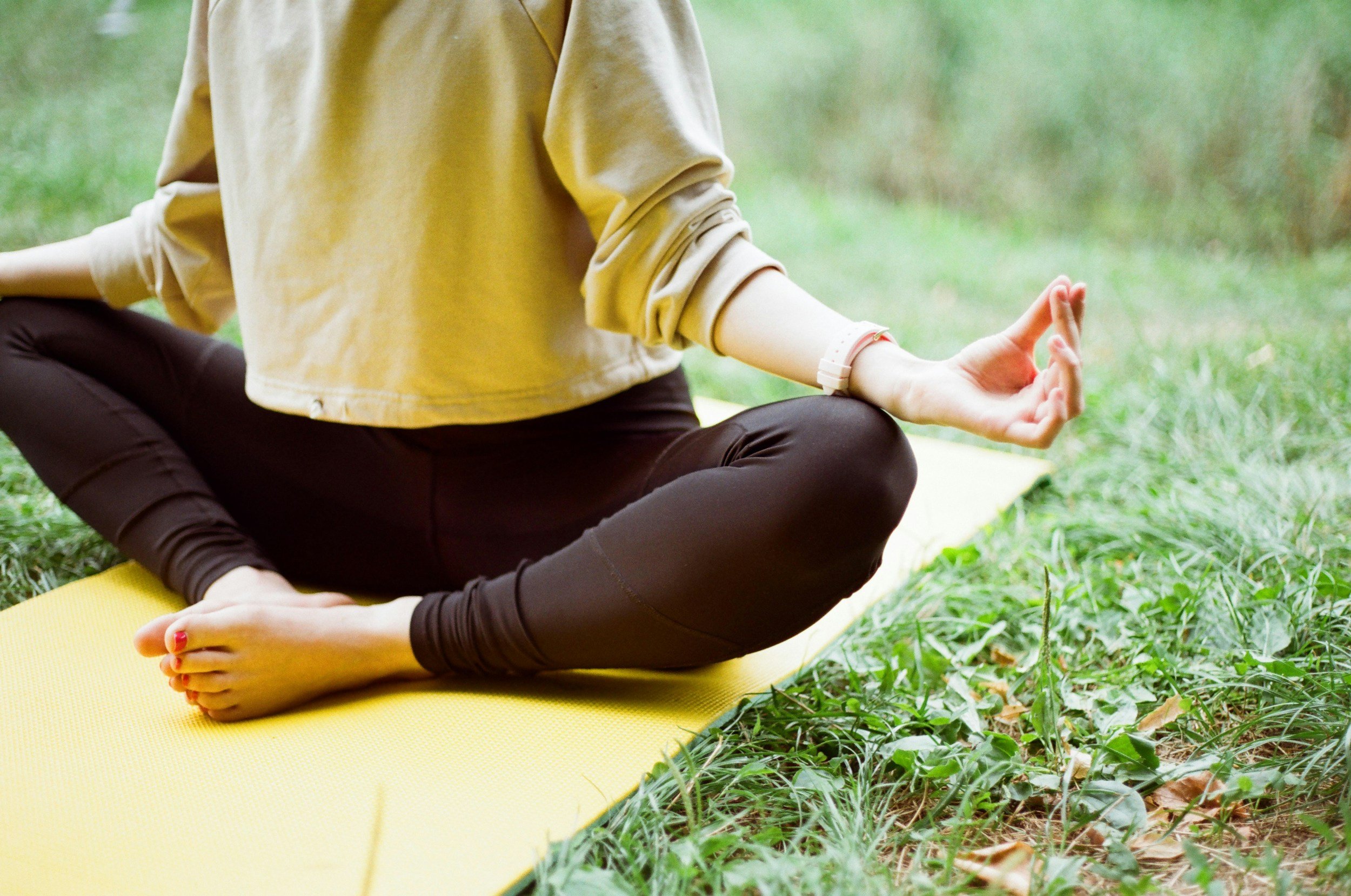By Lisa Abrams
A lot of people have a hard time meditating, but one of the things we all know how to do is sleep. Every night when we fall asleep, there’s one thing we must do to be successful—we have to let go of our thoughts.
Lisa Abrams
Yoga Nidra is a sleep meditation. It uses the biological process of sleep to help us naturally and effortlessly disengage from our thoughts. So, we don’t have to struggle to sit up straight, no kinks develop in our knees, and there is no pain in our back. Instead, we are lying down in a comfortable position and relaxing toward sleep, where we can experience the deepest states of meditation effortlessly.
The beauty of Yoga Nidra is we can’t do it wrong. The hardest thing we have to do is stay awake, but even if we fall asleep, we still get the benefits!
The ancient yogis developed Yoga Nidra to help reduce stress, heal, and restore our bodies and minds while supporting the prevention and reversal of conditions such as osteoarthritis, insomnia, brain fog, depression, anxiety, nervous system issues, and high blood pressure.
Yoga Nidra is the union of awareness to the process of sleeping. It is a 30-40 minute deeply relaxing, sleep-based practice that follows the brainwaves down toward sleep, where our thoughts naturally distance themselves. The goal is to remain alert, while leaving the waking state, going past the dream state, and entering the deep sleep state. Most people fall in and out of sleep while listening to the instructions of the teacher.
Every time we practice Yoga Nidra meditation, we are giving our bodies the very best environment to experience health, peace, and vitality. We are nourishing our bodies with hormones and neurotransmitters that make us happier, more relaxed, stronger, and it all happens effortlessly by doing something that feels great!
Yoga Nidra creates a deeply restorative state that triggers our brains to release neurotransmitters including GABA, dopamine, serotonin, oxytocin, and endorphins. Melatonin, a hormone, is also released. Each of these chemicals creates greater ease and well-being, stronger physical health, mental balance, and reduced inflammation. The practice has been clinically shown to increase mindfulness as well. It can serve as a stand-alone meditation practice or supplement an established meditation practice.
There is an expression, “the best way to predict the future is to invent it.” This is also what Yoga Nidra does: it helps us invent our future and reduce our stress, anxiety, and depression that get in the way of what we ideally want in our lives.
Yoga Nidra works by literally stilling the “waves” of the mind. The more we can still the waves of the mind, the more we can notice that we are more than the mind. The more our mind takes a back seat, the more we can enter the power of the mystical third eye, the point between our eyebrows. Yoga Nidra helps open this third eye—the channel where we step out of the field of dualities and into the unified vision of oneness and unconditional love.
What is the difference between Yoga Nidra and meditation? The use of setting intentions and positive affirmations is unique to Yoga Nidra. Setting an intention and repeating it during the 30-minute session allows us to target specific issues we’d like to change and improve. What seems dense and difficult to change at the physical level is pliable and easy to change at the subtler levels of being in the sleep state. Most Yoga Nidra sessions take place in a group setting, but sometimes a private session is helpful because there can be more time to work on developing intentions.
How would it feel to have everything you wanted? In Yoga Nidra, we experience this power. We enter deeper states of consciousness where our unmanifest dreams become manifest reality. We become more loving, peaceful, creative, and productive. Affirmations like “I radiate success and prosper wherever I turn” are manifested. Conditions leave us, and we experience the things in life we have wanted. If we don’t know what we want, Yoga Nidra helps identify what that is. If it sounds too good to be true, try it and experience the benefits firsthand!
Lisa Abrams is a Certified Integrative Amrit Method (I AM) Yoga Nidra Facilitator. She currently offers weekly scheduled on line Zoom Yoga Nidra Healing Sessions to people all around the country. She can be reached at lawabrams@comcast.net.































































































































































































For the last 15 years, in the early morning between five and eight, the 200 block of South Main Street has filled with yoga practitioners who come and go before the town comes to life. It’s a diverse group, ranging from those in their teens to those in their 80s, across all sorts of life situations and physical capacities. The yoga they practice is tailored to the individual. Depending on the person, the practice might include various physical asanas, breathing techniques, and meditations. What they all have in common is that they’re all part of a school, and a community organization, called Ashtanga Yoga Ann Arbor.